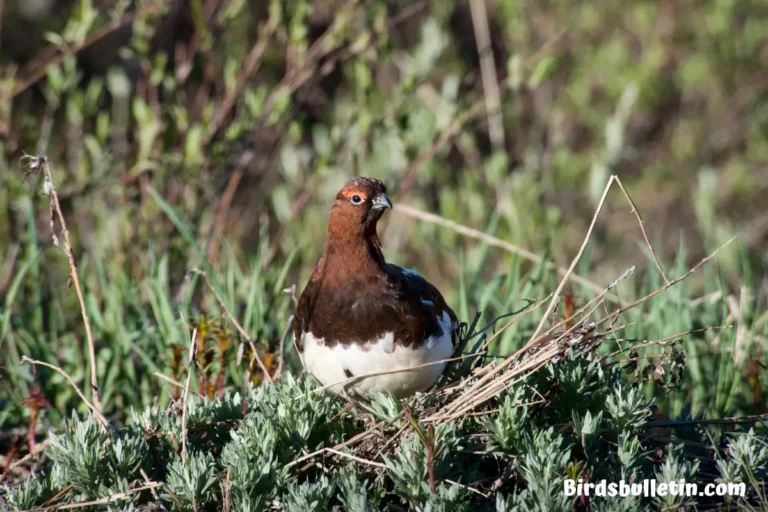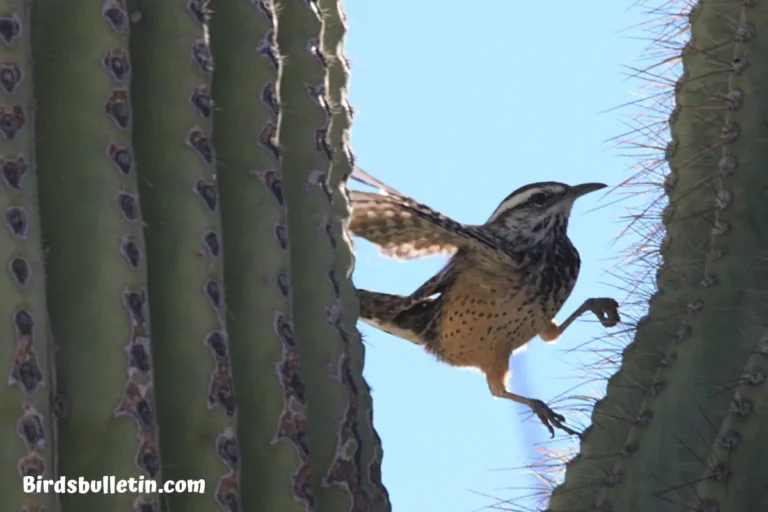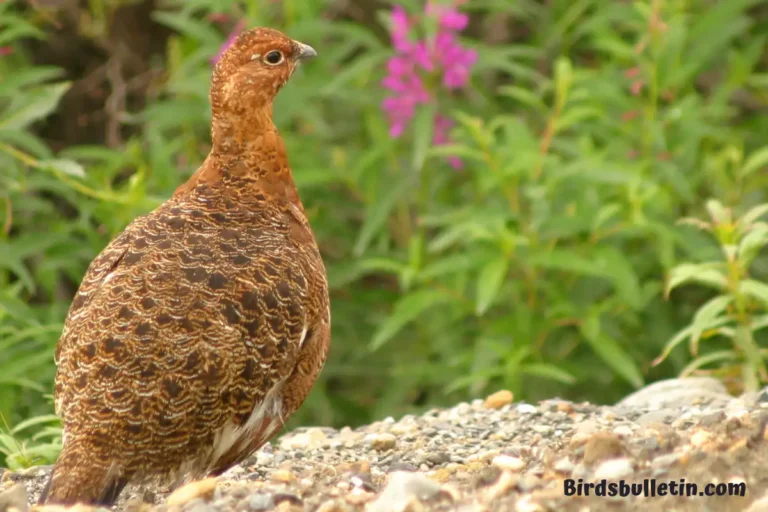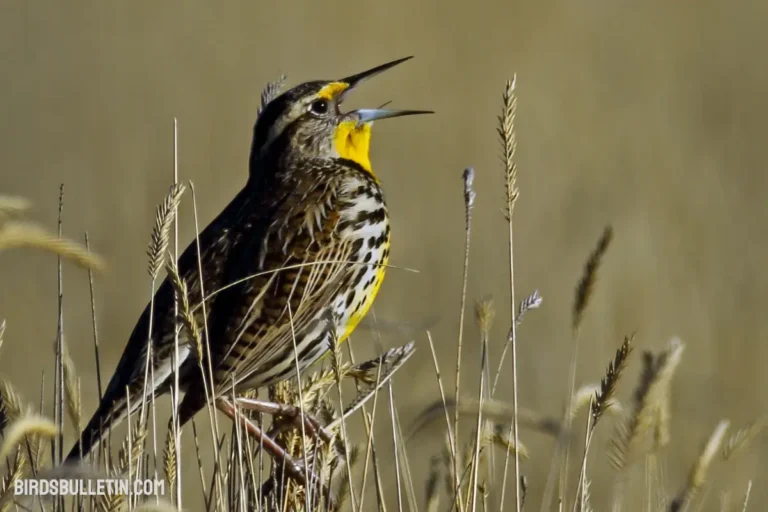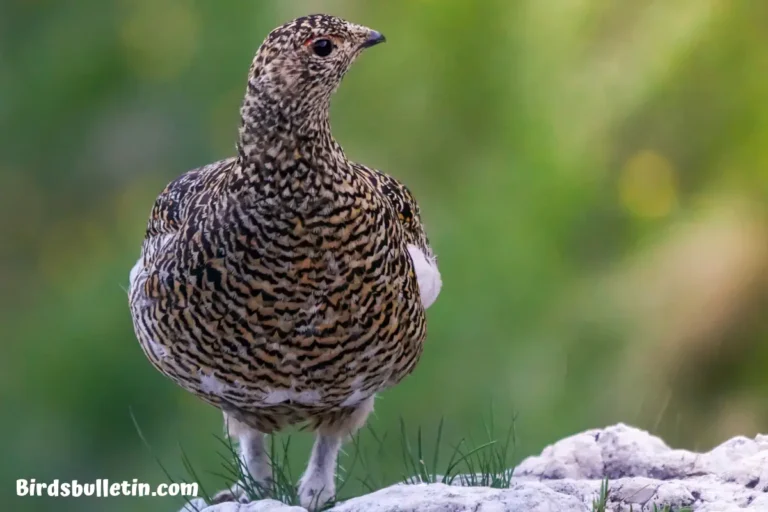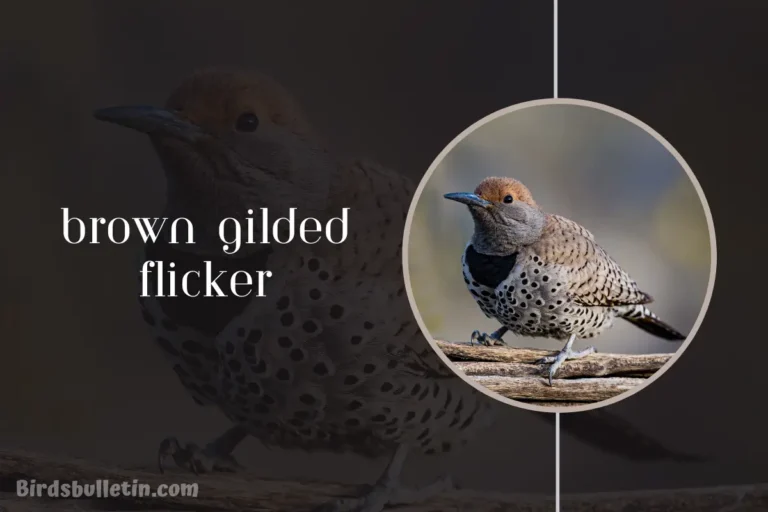Callipepla Californica Achrustera
This bird is a distinct subspecies of the California quail native to southern Baja California. This species has captured the attention of ornithologists and bird enthusiasts due to its specific characteristics and habitat.
In this overview, we will explore essential details about the San Lucas California quail, including its identification, geographical location, intriguing facts, conservation status, and efforts to preserve its natural habitat.
Looking for more overview about bird subspecies:
Scientific Classification
- Kingdom: Animalia
- Phylum: Chordata
- Class: Aves
- Order: Galliformes
- Family: Odontophoridae
- Genus: Callipepla
- Species: Californica
- Subspecies: Achrustera (Peters, 1923)
Identification
The San Lucas California quail can be distinguished by its unique plumage and physical features. It shares the typical quail characteristics such as a plump body and a forward-curling black crest on the head.
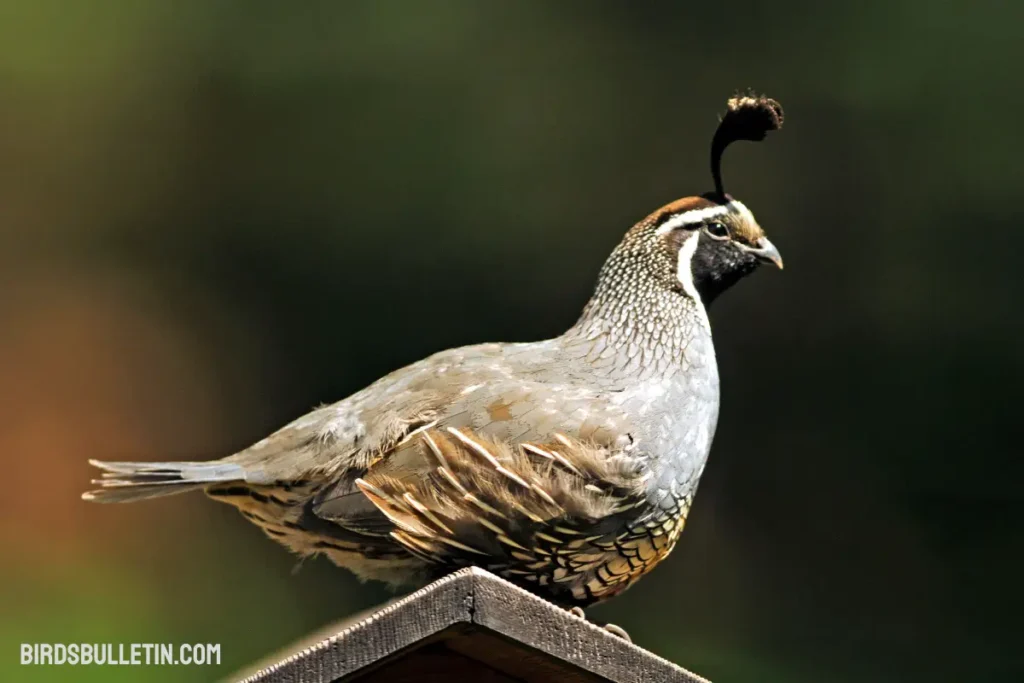
However, specific coloration patterns and markings differentiate this subspecies from others within the California quail family, making it identifiable to keen observers and ornithologists.
Location
The San Lucas California quail is exclusively found in southern Baja California, a region characterized by diverse landscapes ranging from arid deserts to coastal areas. Its habitat preferences in this specific region play a crucial role in understanding its behavior and adaptation strategies.
Interesting Facts
- The San Lucas California quail was first described in 1923 by German ornithologist Ernst Hartert.
- San Lucas California quails are known for their adaptability to arid environments, showcasing their resilience in challenging habitats. It is geographically isolated from other subspecies, separated by the Vizcaíno Desert.
- Its diet likely consists of seeds, leaves, and insects found by foraging on the ground.
- Nesting occurs on the ground in a shallow depression lined with grasses and leaves.
Status
The San Lucas California quail has a limited range and exists only in southern Baja California. Its population size is unknown but is estimated to be less than 50,000 mature individuals.
Development, grazing, and farming may threaten some populations. The IUCN Red List categorizes this subspecies as Near Threatened.
Conservation of Natural Habitat
Conservation efforts in southern Baja California focus on preserving the diverse habitats crucial for the San Lucas California quail’s survival.
These initiatives include habitat restoration, raising awareness about the importance of preserving their specific ecosystem, and implementing sustainable practices to mitigate human impact.
Frequently Asked Questions
01. What is unique about the San Lucas California quail?
This subspecies is distinguished by its geographic isolation and genetic divergence from other California quail subspecies. It is slightly smaller in size and darker in coloration.
02. Is the San Lucas California quail a migratory bird?
Unlike some other bird species, the San Lucas California quail tends to stay within its specific region in southern Baja California throughout the year, displaying non-migratory behavior.
03. How does this quail’s habitat differ from other subspecies?
The San Lucas California quail inhabits desert scrub habitat rather than the grasslands, brush, and woodlands used by other subspecies.
Summary
The San Lucas California quail, a distinctive subspecies of the California quail, thrives in the unique ecosystems of southern Baja California. Its specific characteristics, behavior, and habitat preferences make it a subject of interest for researchers and conservationists.
Understanding its role within the local ecosystem and addressing the challenges it faces due to habitat loss are essential steps in ensuring the continued existence of this remarkable bird species.


